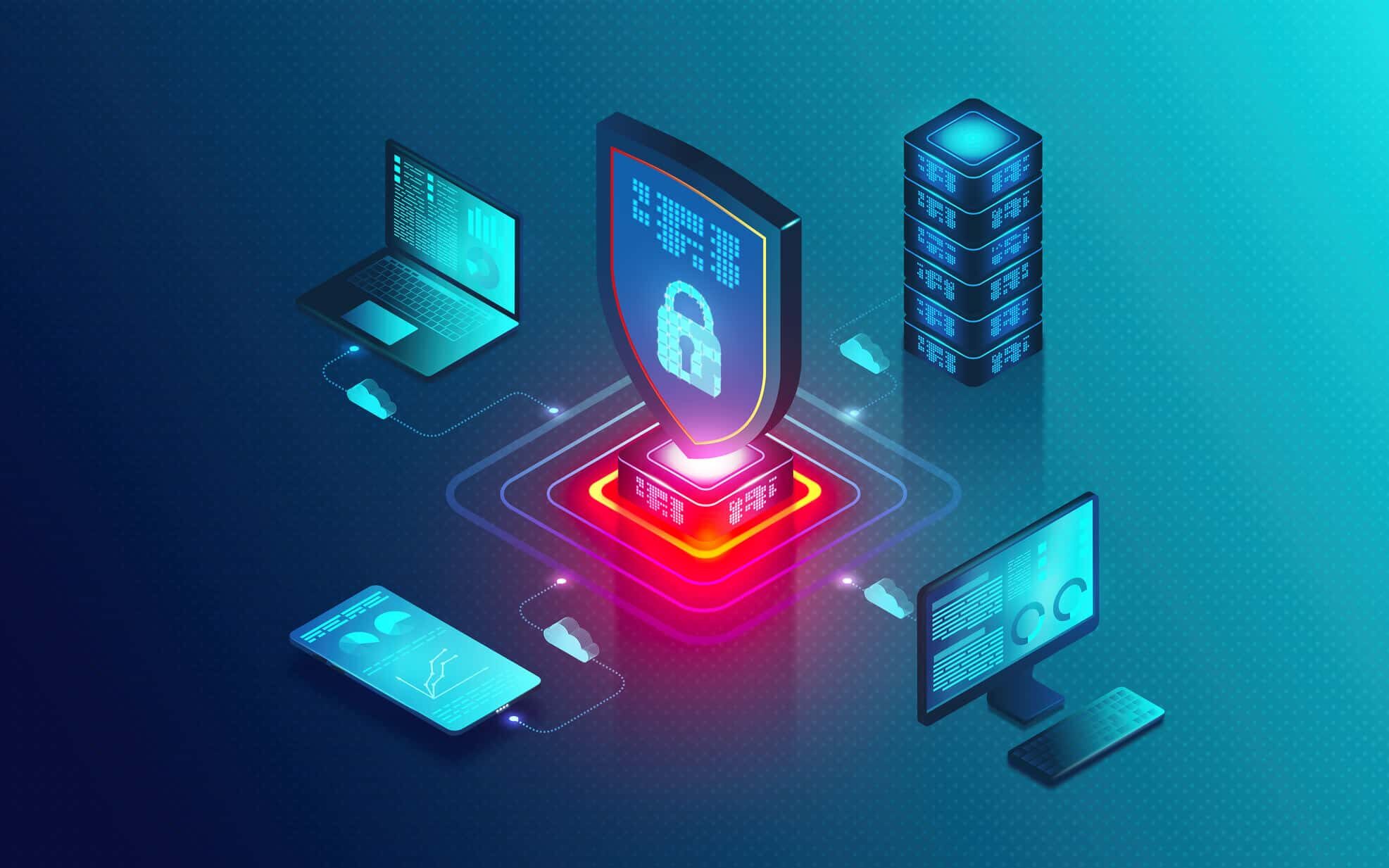How to Protect Your Digital World? A guide to Cyber Security
- Wirelessxperts
- Cyber Security
- Jan 17, 2024
- views

How to Protect Your Digital World? A guide to Cyber Security
In an age dominated by technology, the digital landscape is both a playground and a battleground. As we seamlessly navigate our lives online, the need for robust cybersecurity measures has never been more critical. This comprehensive guide aims to equip you with the knowledge and tools necessary to protect your digital world from the myriad threats that lurk in the shadows.
Understanding The Digital Threatscape
Before we embark on fortifying our defenses, let’s take a moment to understand the diverse range of threats that populate the digital realm:
- Phishing Attacks: Deceptive emails, messages, or websites designed to trick individuals into revealing sensitive information.
- Malware: Malicious software that can infiltrate and damage computer systems, steal data, or disrupt operations.
- Ransomware: A form of malware that encrypts files, rendering them inaccessible until a ransom is paid.
- Data Breaches: Unauthorized access to sensitive data, often resulting in the exposure of personal information.
- Social Engineering: Manipulating individuals into divulging confidential information or performing actions that compromise security.
- Building A Strong Foundation: Passwords And Authentication
- Create Strong Passwords: Craft complex passwords with a mix of uppercase and lowercase letters, numbers, and symbols. Avoid easily guessable information.
- Password Managers: Use reputable password managers to generate, store, and manage complex passwords securely.
- Two-Factor Authentication (2FA): Enable 2FA whenever possible to add an extra layer of security to your accounts.
Guarding Against Phishing Attacks
Verify Sources: Double-check the legitimacy of emails, messages, or websites before clicking on links or providing information.
Beware of Urgency: Phishing attempts often create a sense of urgency. Be skeptical of unexpected messages urging immediate action.
Educate and Train: Stay informed about the latest phishing tactics and educate yourself and your team on how to recognize and avoid them.
Securing Your Devices And Networks
Keep Software Updated: Regularly update operating systems, antivirus software, and applications to patch vulnerabilities.
Firewalls and Antivirus Software: Install and regularly update firewalls and antivirus software to detect and block malicious activity.
Secure Wi-Fi Networks: Use strong, unique passwords for Wi-Fi networks, enable WPA3 encryption, and consider hiding your network name.
Data Encryption And Backups
Encrypt Sensitive Data: Utilize encryption tools to protect sensitive information, especially when transmitted over networks.
Regular Backups: Back up your data regularly to an external, secure location to ensure you can recover it in case of ransomware attacks or hardware failures.
Staying Informed And Vigilant
Security Updates: Stay informed about the latest cybersecurity threats and updates. Subscribe to security newsletters and follow reputable sources.
Employee Training: If applicable, provide regular cybersecurity training to employees to enhance overall organizational security.
Conclusion:
As we continue to embrace the digital age, the onus is on us to fortify our digital fortresses. By adopting a proactive approach, staying informed, and implementing robust cybersecurity practices, we can create a resilient defense against the ever-evolving threat landscape. Remember, in the digital realm, knowledge is power, and preparedness is your strongest ally.












